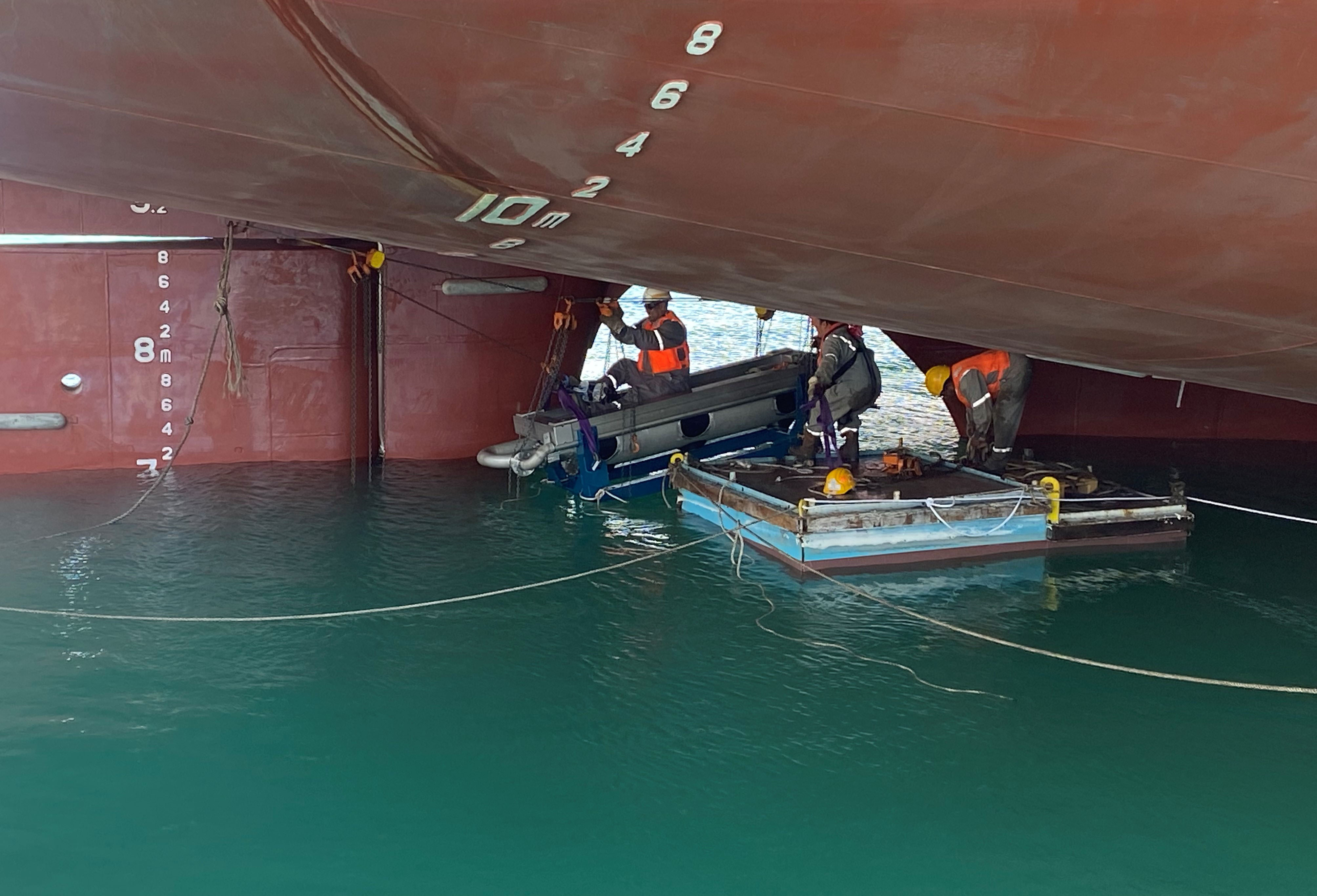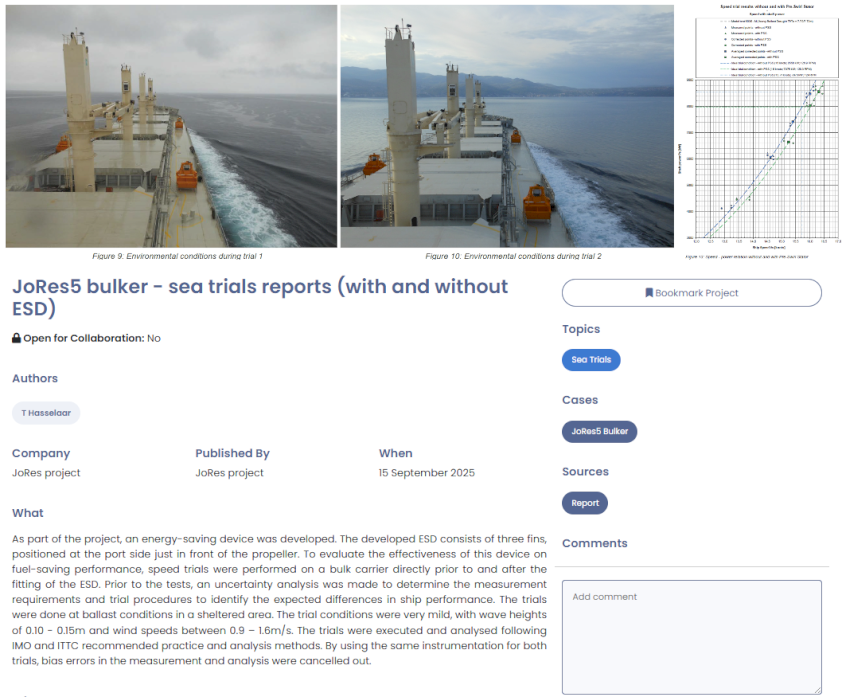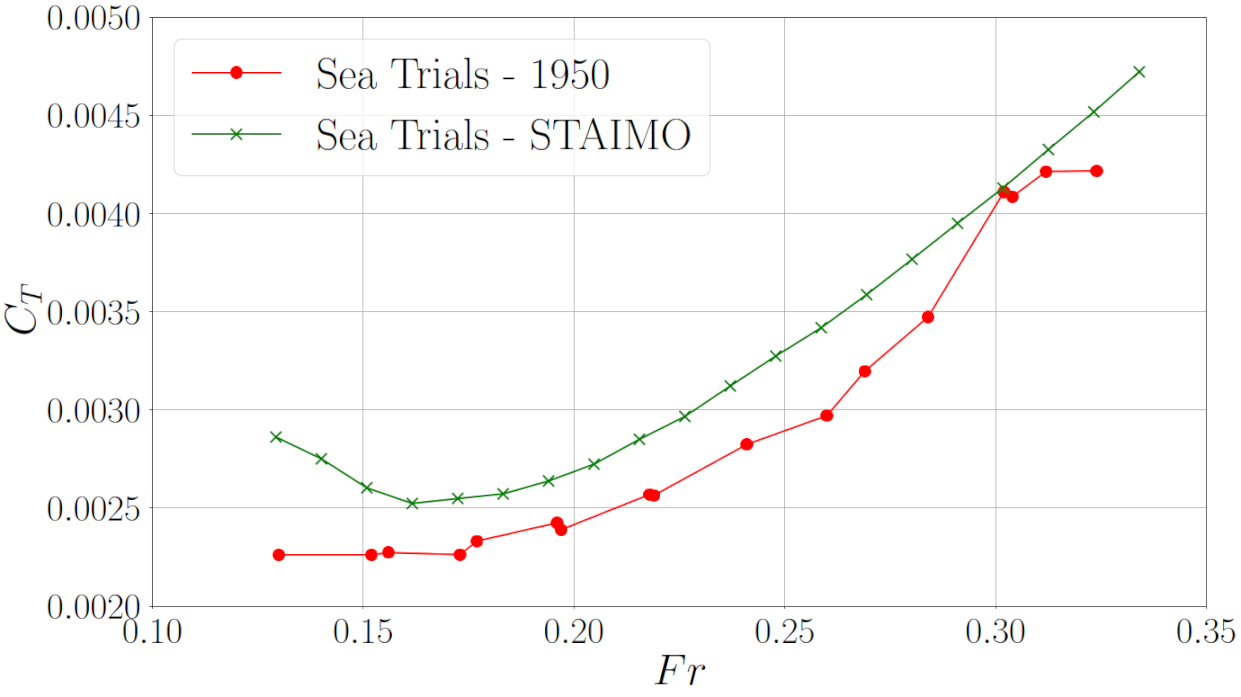Join us and unlock access to personalized features, exclusive content, and more. Fill in the details below to get started.
Episode 11. A journey to PIV flow measurements at ship scale.
Performing comprehensive measurements on an ordinary cargo vessel implies some serious limitations as the ship owner normally seeks to have off-hire time as short as possible. Sea trials may be planned well in advance and it is relatively feasible to stick to the schedule. Removal of the unit was a very uncertain operation because no one has done this before. Placing the vessel in dry-dock again to remove the unit would be prohibitively expensive for a research project, so the plan was to remove the unit when she is at the ballast draught (and the unit is above the water) and alongside. The unit was moved towards the stern of the vessel by chain blocks. To mitigate the risk of damaging the propeller, the blades were moved by turning gear as far as possible from the unit and the pontoon. The operation was constantly monitored by divers to ensure all was kept clear of the propeller. In the end, the operation was done smoothly and the unit was safely moved towards the transom where it was picked up by the yard’s crane. In total it took about 6 hours to complete the operation.
 PIV unit being removed after the trials
PIV unit being removed after the trials


